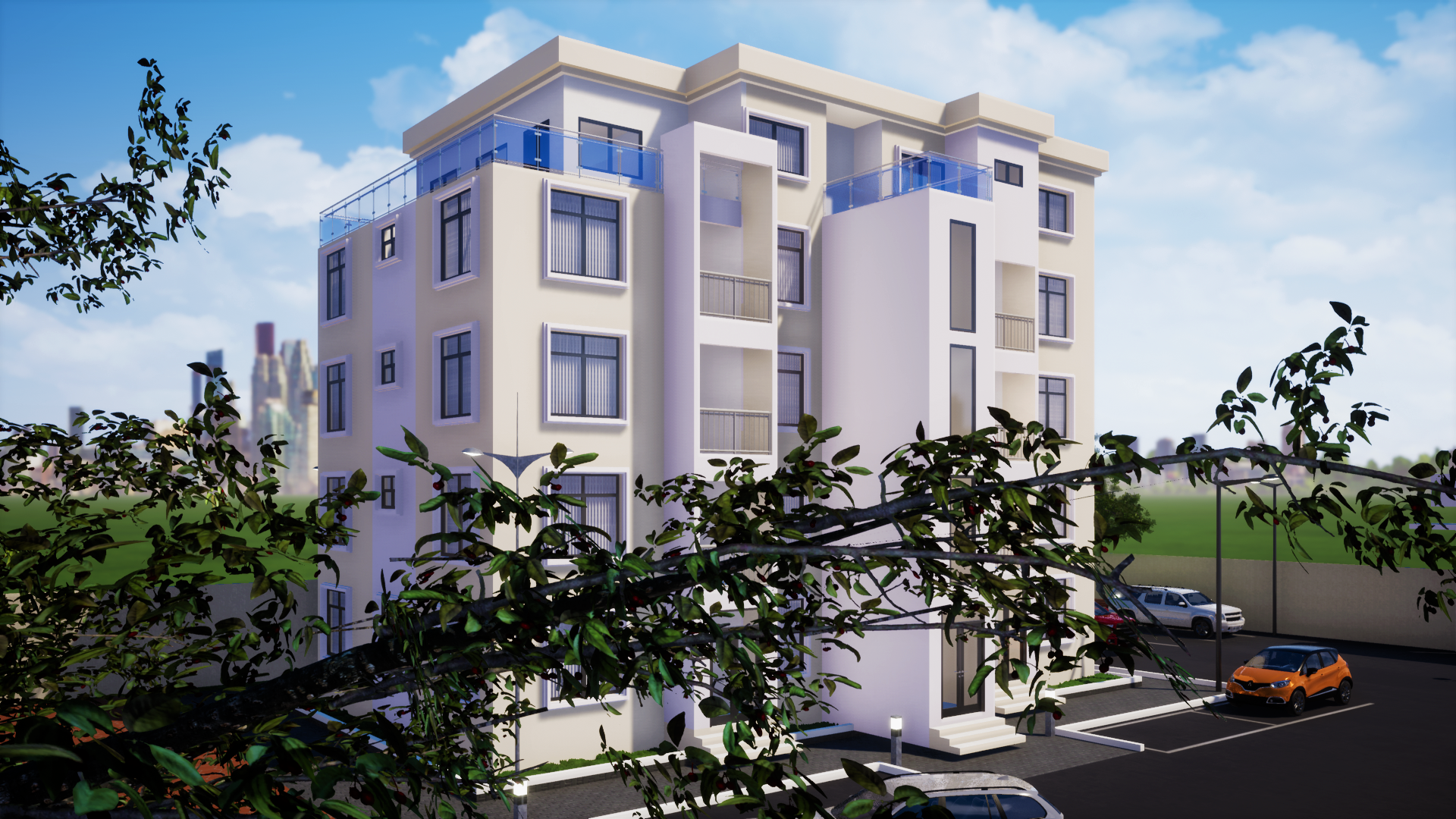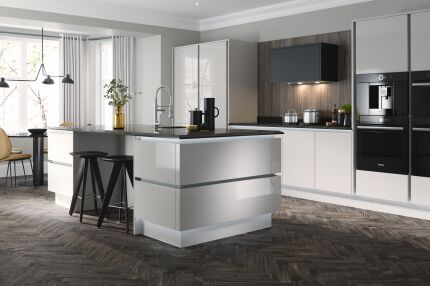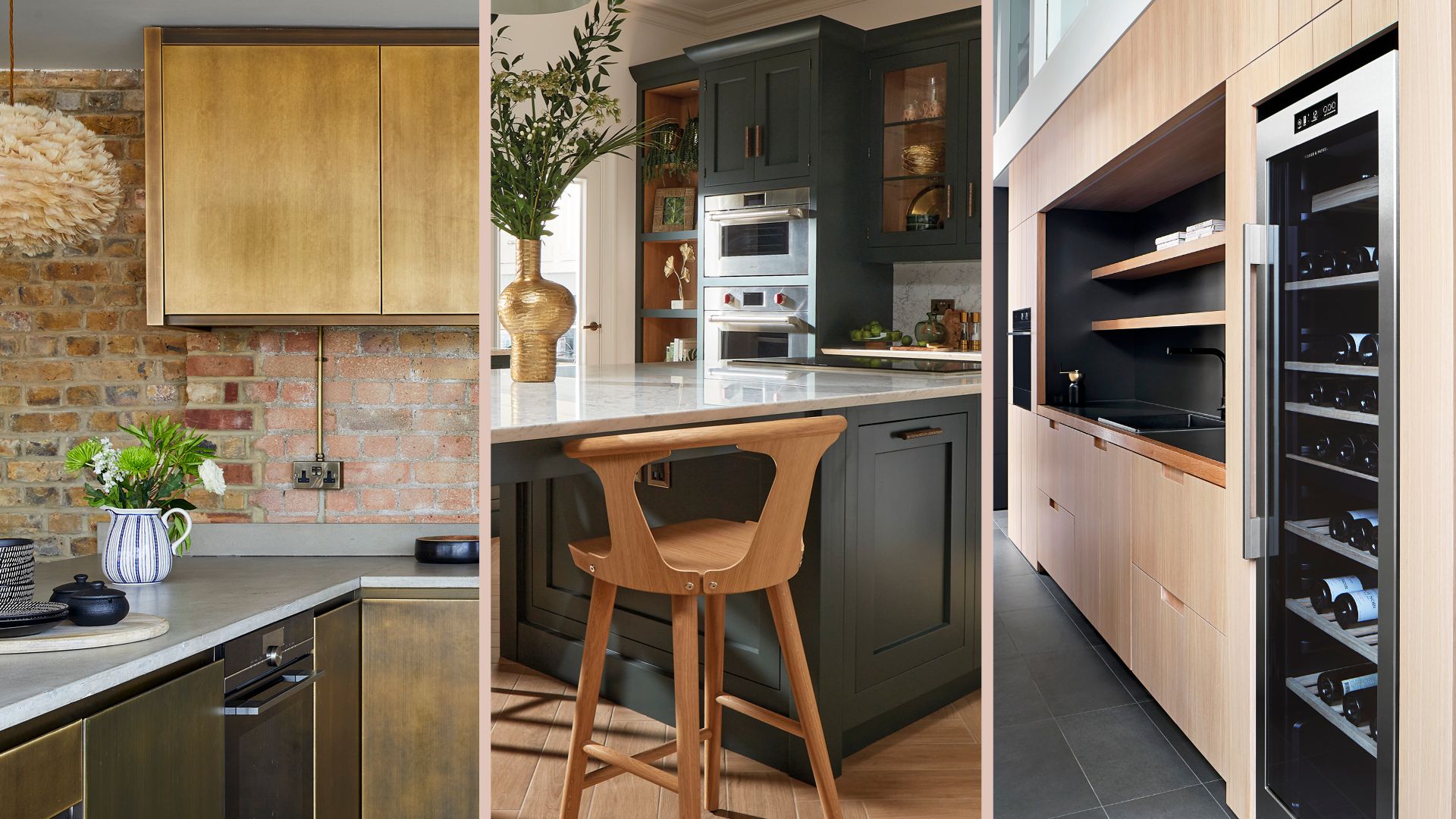How to Renovate a House

There's a good chance you have home improvement plans in the near future, whether you just closed on a fixer-upper or you're looking to update the house you've lived in for 20 years.
A well-thought-out plan will set you up for success, for both small remodeling projects that change or update the look and function of a space or larger renovations, which might involve knocking down walls. Even a small repair or home improvement task, like annual maintenance on your HVAC system, will benefit from some planning and consideration of the scope and cost of the project.
Here's a checklist for renovating your home:
- Ask yourself: Why are you remodeling?
- Decide what you're remodeling.
- Apply for permits.
- Find inspiration from styles and trends that appeal to you.
- Determine your budget.
- Determine the scope of your project.
- Choose to hire a contractor or DIY.
- Pick out materials.
- Demolish the space.
- Begin remodeling.
- Have required inspections completed.
- Add finishing touches.
Ask Yourself: Why Are You Remodeling?
Here are five primary reasons you may want to remodel your house:
- Maintenance.
- Update rooms.
- Try out new styles.
- Get ready to sell.
- Improve efficiency.
Maintenance. Whether the house is five or 105 years old, maintenance is required to keep everything working smoothly. Especially if your house is decades old, you'll likely find the electrical, plumbing and even the foundation may need a little love to maintain a safe, stable structure for you and your family.
A renovation project driven mainly by the need for maintenance will likely mean the majority of the budget goes toward hiring licensed professionals and replacing dated materials. Depending on where you live, extensive work on the structure or electrical or plumbing systems may require permits and an inspection.
Update rooms. The plumbing may still be OK, but a 1980s kitchen might be an eyesore. Plenty of homeowners remodel to bring a space out of decades past and into current times.
For a kitchen or bathroom, much of the renovation budget may go toward new appliances. These updates may also involve high-cost materials like marble, new tile and custom cabinetry.
As a result, consider splitting your budget between updating the function and the appearance of the room.
Try out new styles. You may have redone the living room 10 years ago, but those beige walls now make your stomach churn. So your remodeling project may simply aim to bring your home in line with current interior design trends. In many cases, this might be a small remodeling job, so the budget can be dedicated to paint, furnishings or other decorative materials.
Because trends are, by definition, fairly short-lived, avoid taking on a major renovation purely for the sake of embracing a new trend. Stephen Pallrand, owner and president of Home Front Build, a design-build and renovation company based in Los Angeles, recommends keeping the original style of the house's architecture in mind. "The mistake a lot of people make is you walk into a Spanish colonial or even Craftsman house, and then you see a 1990s Home Depot kitchen or a modern kitchen," he says.
Get ready to sell. Homeowners who are prepping their house for the market may need to make minor repairs, give rooms a fresh coat of paint or install a trendy backsplash to appeal to buyers when they tour the property.
When selling is the goal, home improvements are aimed at maximizing the return on investment. There's no need to install a state-of-the-art kitchen when many homebuyers want to customize it to their needs; restained cabinets and a new countertop may be enough to freshen up the space for sale.Improve efficiency.
Many homeowners are looking to do their part to reduce energy waste and their utility bills by making energy-efficient upgrades. These may include adding solar panels to the roof, insulation inside the walls or a smart thermostat.
Decide What You're Remodeling
Some rooms are more likely to see changes every few years, while other areas of your house, like your roof, may not need to be replaced for 30 years.
If you're looking for inspiration or are curious to know whether your plans for renovating are considered out of the box, here's a breakdown of some of the most popular home improvement projects.
Maintenance. In Houzz's 2021 study of renovations in the U.S., 47% of more than 75,000 surveyed homeowners reported that they're actively engaged in projects to repair issues in their homes.
Popular maintenance-related projects include:
- Plumbing.
- Electrical.
- Automation.
- Roof.
- Heating and cooling.
- Water heater.
- Ventilation.
- Insulation.
Updates to rooms. It's no surprise that kitchens and bathrooms are the most popular remodeling projects. The Houzz study reports 27% of surveyed homeowners renovated or added to their kitchen in 2020, while 25% renovated or added a secondary bathroom and 21% renovated or added a primary bathroom.
Homeowners aren't just looking for a fresh, customized look in the common areas of the house – they're focusing on the more personal areas as well. On average, homeowners renovate three rooms at a time, says Marine Sargsyan, senior economist for Houzz.
Popular room updates include:
- Kitchen.
- Guest bathroom.
- Master bathroom.
- Living room or family room.
- Master bedroom.
- Outdoor living.
- Dining room.
- Home office.
- Master closet.
Depending on where you live and the scope of your work, you may need to apply for a permit for any work you do through your city, township or county. Permits are most often required to ensure work is completed properly to avoid posing a threat to you and your neighbors in the future. Structural work on a home, like an addition, significant electrical work and major plumbing changes, are examples of some of the most common permit-required work.
Many cities offer permit applications online, though others will have people visit in person at city hall or the local planning office.
When you apply for a permit you may need to pay a small fee as well. Depending on the project, you may need blueprints or other formal plans to obtain your permit. Many general contractors oversee the permitting process on behalf of their clients, but you should clarify this detail before signing a contract – a miscommunication on who is responsible for permits can slow down the renovation process significantly.
Find Inspiration From Styles and Trends That Appeal to You
Even if your renovation is motivated by a repair or preparation to sell your house, envision what the finished space will look like and what styles or trends will appeal to you or a would-be buyer. Start by getting an initial feel for the project by looking online, says Leah Tuttleman, an interior designer certified by the American Society of Interior Designers and corporate designer for Re-Bath, a full-service bathroom remodeling brand.
"Always do a little bit of research on your own to understand what your style is that you gravitate towards," she says. It's not just about knowing what you want the room to look like, but realistically taking your budget into account as well.
Know that if you fully embrace a current style or trend – whether it's the farmhouse-chic look or a minimalist, modern aesthetic – it may eventually look dated, simply because styles evolve and trends fall out of favor.
Whether you're looking to update a room or incorporate a few trendy pieces, there are some areas where it's easier to embrace a trend than others. Here are a few examples:
Lighting. You always have the option to make permanent lighting changes or simply add lamps throughout a room. Recessed lighting is currently popular and considered a classic, long-lasting look, although track lighting, which many now consider dated, may have once held the same appeal.
Color. Embrace the hottest colors of the year – Pantone's colors of 2021 are Ultimate Gray and Illuminating, a shade of yellow – by painting your living room walls or buying an accent pillow. Trade out the dark-stained wood floors of the 2010s for a lighter or varied stain option. Paint your front door to make it pop. Bring in a multicolored rug to infuse some life into your guest bedroom. Color trends change annually and month to month, and they're fortunately fairly easy to implement and switch out in a room.
Furnishings. The simplest, least permanent way to bring in a current style or trend is with furnishings. Lamps, couches and a coffee table in the midcentury modern style may be exactly the look you're going for now, while midcentury modern wallpaper will likely be a change you'll regret in a couple years.
Determine Your Budget
Know how much money you have to make renovations before you start your project, and research your options to get a better understanding of how much certain upgrades, materials and changes cost.





.jpg)









































